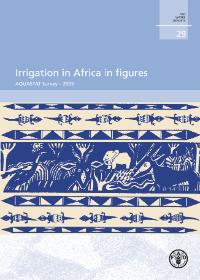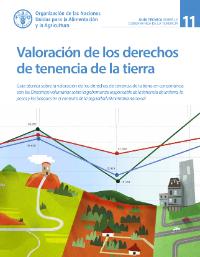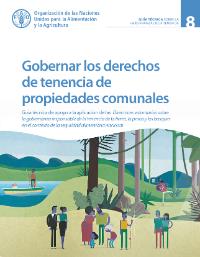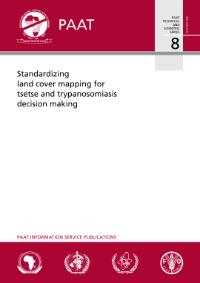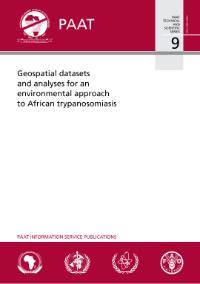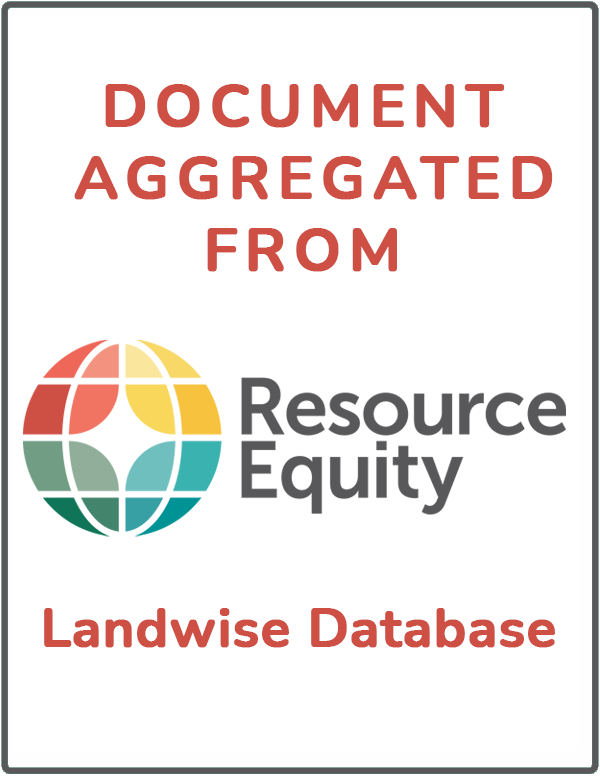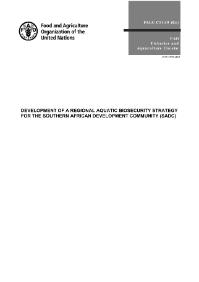A deeper look at what the results of the 33 wave 1 and 2 countries show about urban land tenure security. This report compliments the Prindex Comparative Report by focusing on a specific aspect of land and tenure insecurity.
This report uses household-level data from 33, mostly developing, countries to analyse perceptions of tenure insecurity among women. We test two hypotheses: (1) that women feel more insecure than men; and (2) that increasing statutory protections for women, for instance by issuing joint named…
This report aims to illustrate how selected companies in Malawi, Mozambique and Malaysia are implementing commitments to international best practices on land rights. The companies referenced in this paper are in the process of developing and improving ways to address land tenure rights, and for…
Property rights are a cornerstone of economic development and social justice. A fundamental way of understanding the strength of property rights is through citizens' perceptions of them. Yet perceptions of tenure security have never been collected at a global scale.
The lack of global…
The AQUASTAT Programme was initiated with a view to presenting a comprehensive picture of water resources and irrigation in developing countries and providing systematic, upto-date and reliable information on water for agriculture and rural development. This report presents the results of the…
El Estado y el sector privado requieren la valoración de los derechos de tenencia por una amplia gama de motivos, a menudo fundamentando y sentando las bases de las transacciones, la tributación, la compensación y la contabilidad. Si bien el valor y el proceso de valoración tienen repercusiones…
Milones de personas de todo el mundo dependen de recursos naturales, como la tierra, la pesca y los bosques, que se utilizan de manera colectiva como propiedadescomunales. Estas son fundamentales para la cultura, el bienestar y la identidad cultural. Como fuente de alimentos e ingresos,…
In recent years, a new era of interventionism has emerged targeting the development of African cities, manifested in ‘fantasy’ urban plans, surging infrastructure investments and global policy agendas. What the implications of this new era will be for specific urban contexts is still poorly…
The habitat of tsetse fly (Glossina spp.) depends upon climatic conditions, host availability and land cover characteristics. In this paper, the Land Cover Classification System (LCCS), developed by the Food and Agriculture Organization (FAO) and the United Nations Environment Programme (UNEP…
Geospatial datasets and analysis techniques based on geographic information systems (GIS) have become indispensable tools in the planning, implementation and evaluation of a wide range of development programmes, including actions addressing sustainable agriculture and rural development. The…
This document details the activities that were undertaken by the Food and Agriculture Organization of the United Nations (FAO) and cooperating agencies (the Department of Agriculture, Forestry and Fisheries of South Africa (DAFF), the Africa Union Inter-African Bureau for Animal Resources (AU-…




